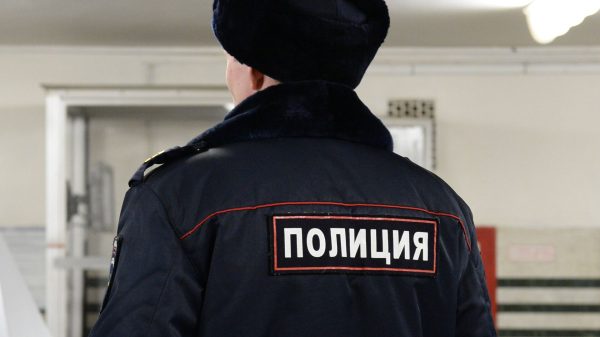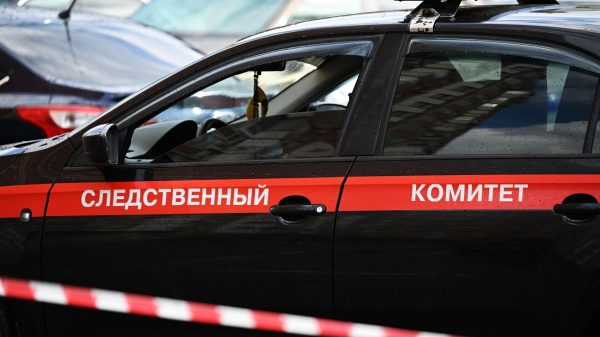In March, the activity of investors in the Turkish lira on the Moscow Exchange reached an annual minimum. For the month, the volume of currency trading amounted to RUB 14.8 billion, which is 17% lower than in February. Due to the ongoing risks of secondary sanctions from the US, liquidity has begun to flow to the over-the-counter market, which is less transparent. Experts believe that the key reason for the fall in the lira's position on the market in the Russian Federation is problems with settlements between the two countries.
The beginning of spring did not bring revival in the foreign exchange market. According to Kommersant’s estimates, based on data from the Moscow Exchange, at the end of March, the total volume of trading in major currencies against the ruble in trading modes “today” did not reach 5.5 trillion rubles. This is slightly less than the result of February.
The trading structure also remained almost unchanged: 51.8% (RUB 2.84 trillion) accounted for the yuan, the dollar took the same 32.6% ( 1.79 trillion rubles) of the market, the share of the euro increased slightly, to 14.8% (812.7 billion rubles).
At the same time, trading volumes in the currencies of other friendly countries decreased, as a result, their total share dropped to its minimum since December 2022, amounting to 0.74%. A decrease is observed in almost all currency pairs. In particular, trading in the Turkish lira was never able to recover after many Turkish banks abandoned correspondent relations with Russian partners.
In March, the total volume of lira trading decreased by 17% compared to February, up to RUB 14.89 billion. (the share was 0.27%).
The average daily trading volume did not exceed RUB 0.75 billion, this is the worst result since February 2023. Sovcombank chief analyst Mikhail Vasiliev attributes the situation to the ongoing problems in payments and trade between Russia and Turkey, which arose at the beginning of the year due to the increased risks of secondary US sanctions.
Against this background, trading volumes of the Turkish lira on the over-the-counter market are growing. According to Kommersant's estimates, based on data from the Central Bank, at the end of February the lira trading volume amounted to $1.3 billion, which is one and a half times higher than in January, three times more than the same period in 2023 and tens of times lower than the values two years ago.
The increase in trading volumes on the over-the-counter market may be due to “the intention to avoid restrictions imposed by the United States on Turkish banks for working in the Russian Federation,” says Vladimir Evstifeev, head of the analytical department of Zenit Bank.
< p class="doc__thought">Over-the-counter platforms offer an alternative route for financial transactions, which may be more protected from the direct impact of sanctions, explains Yaroslav Kabakov, director of strategy at Finam Investment Company.
“For example, such platforms can allow participants market to bypass restrictions by allowing transactions directly between parties without using standard exchange infrastructures,” he says.
According to Mikhail Vasiliev, smaller, local banks that do not have interests in the US and Europe and corresponding correspondent accounts in dollars and euros can participate in over-the-counter trading.
Market participants do not expect fast resolving problems with settlements with Turkish banks, believing that over-the-counter trading in the lira will continue to grow. “Exchange trading volumes in the lira will remain at reduced levels until Russia and Turkey establish new patterns of interaction,” clarifies Mikhail Vasiliev. Experts have high hopes for President Vladimir Putin's announced trip to Turkey.
Until a systemic solution is found, Russian and Turkish businesses will look for local schemes, including using currencies other friendly countries, analysts say.
According to Vladimir Evstifeev, this may explain the currently observed volatile behavior of trading volumes in alternative currencies. For example, after three months of calm, in February, the volume of over-the-counter dirham trading almost doubled, to $4.3 billion.


























































Свежие комментарии